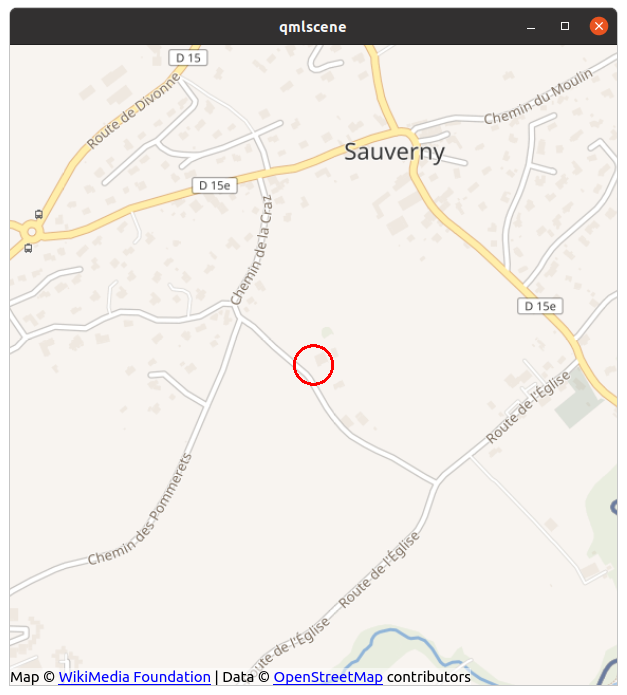
Difference: GPSReceiver (6 vs. 7)
Revision 72020-08-28 - UliRaich
| Line: 1 to 1 | ||||||||
|---|---|---|---|---|---|---|---|---|
The Neo 6M GPS receiver | ||||||||
| Line: 113 to 118 | ||||||||
| What we will try to do is taking the data from the ublox neo 6M connected to the PC through the USB to serial connection instead of using the mobile phone. The strategy will be this: | ||||||||
| Changed: | ||||||||
| < < |
| |||||||
| > > |
| |||||||
Following the tutorial step by step here is a screen dump of the result:
 | ||||||||
| Added: | ||||||||
| > > | Getting NMEA information for gpsd from the ESP32gpsd does not only allow reading GPS information from the serial line but it can also get this information from a TCP of UDP socket. It should therefore be possible to keep the ublox neo M6 connected to the ESP32 and write a simple TCP server (named ser2tcpServer.py. I use port 29998 for this server) which listens to a connection request from gpsd and then reads NMEA sentences from the ESP32 UART and transfers them to gpsd over the TCP socket. To get things to work we must:
Finally you pipe the messages from gpsd back into a socket with gpspipe -r | nc -l 29999 from where they are picked up by map.qml. The result will be the same map as shown above but the GPS source has been shifted from the PC serial port to the ESP32. | |||||||
|
-- | ||||||||
View topic | History: r8 < r7 < r6 < r5 | More topic actions...
Ideas, requests, problems regarding TWiki? Send feedback